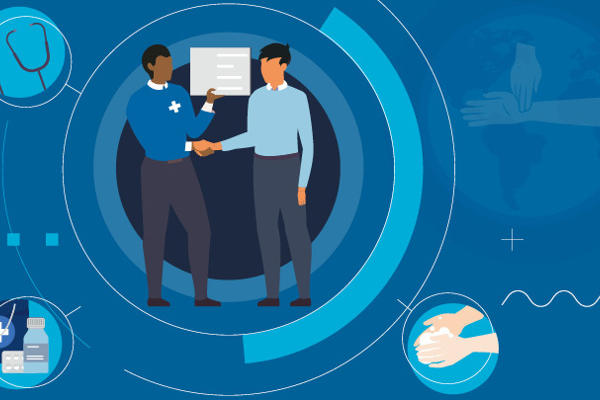This clinical guideline offers evidence-based advice on the care of children, young people and adults with head injury.
Why this quality standard is needed
Head injury is the commonest cause of death and disability in people aged 1–40 years in the UK. Each year, 1.4 million people attend emergency departments in England and Wales with a recent head injury. Between 33% and 50% of these are children aged under 15 years.
Annually, about 200,000 people are admitted to hospital with head injury. Of these, one-fifth have features suggesting skull fracture or have evidence of brain damage. Most patients recover without specific or specialist intervention, but others experience long-term disability or even die from the effects of complications that could potentially be minimised or avoided with early detection and appropriate treatment.
Each year, 1.4 million people attend emergency departments in England and Wales with a recent head injury. Between 33% and 50% of these are children aged under 15 years.
Reason for the guideline
This update is needed because of the continuing importance of up-to-date evidence-based guidance on the initial assessment and early management of head injury. Appropriate guidance can enable early detection and treatment of life-threatening brain injury, where present, but also early discharge of patients with negligible risk of brain injury. It can therefore save lives while at the same time preventing needless crowding in emergency departments and observation wards.
This update addresses these areas, including in particular:
- indications for transporting patients with a head injury from the scene of injury directly to the nearest neuroscience centre, bypassing the nearest emergency department
- indications for and timing of CT head scans in the emergency department, with particular reference to anticoagulant therapy and levels of circulating brain injury biomarkers
- the relative cost effectiveness of different strategies for initial imaging of the cervical spine
- information that should be provided to patients, family members and carers on discharge from the emergency department or observation ward.
You can read the guideline on NICE's website.




